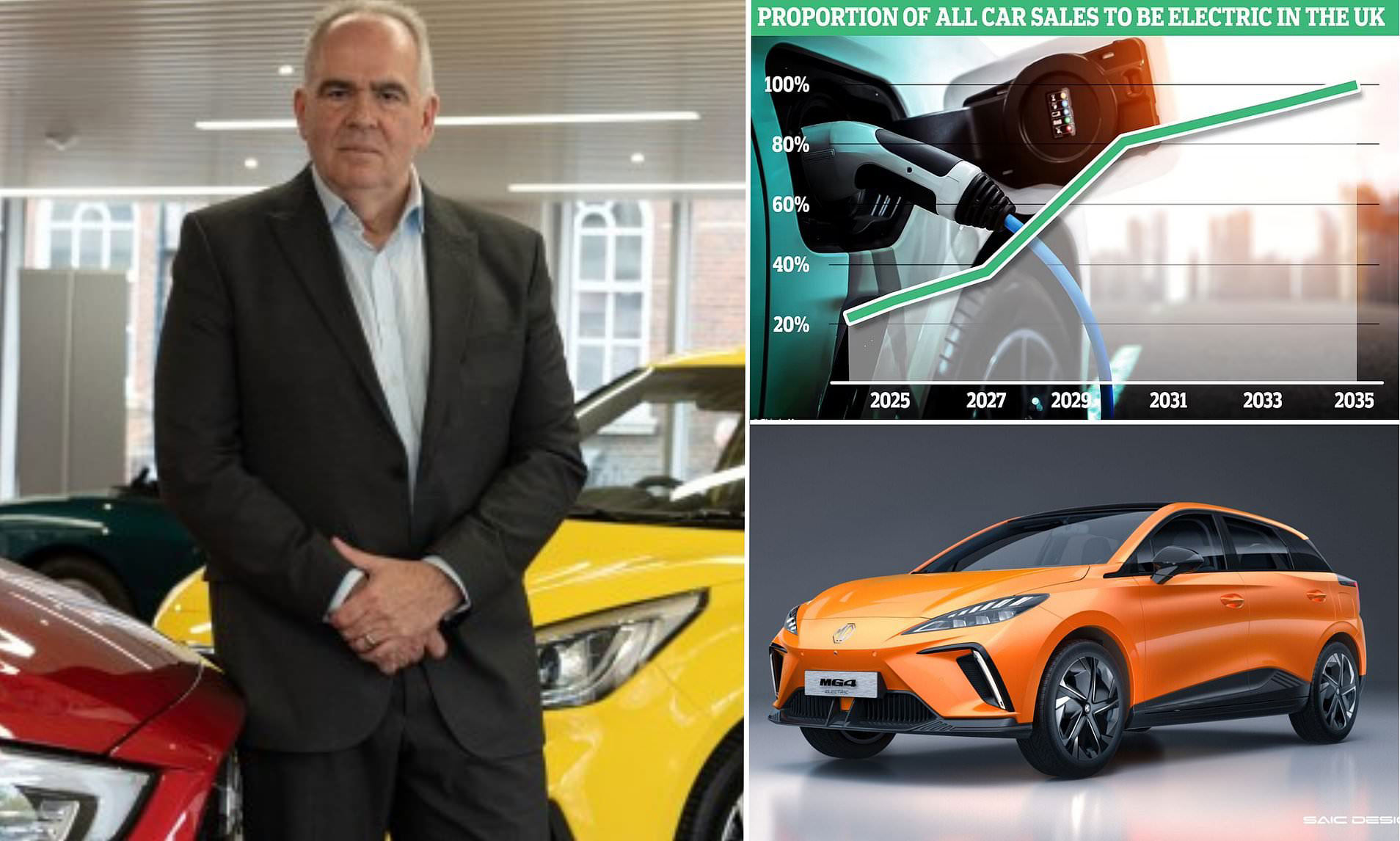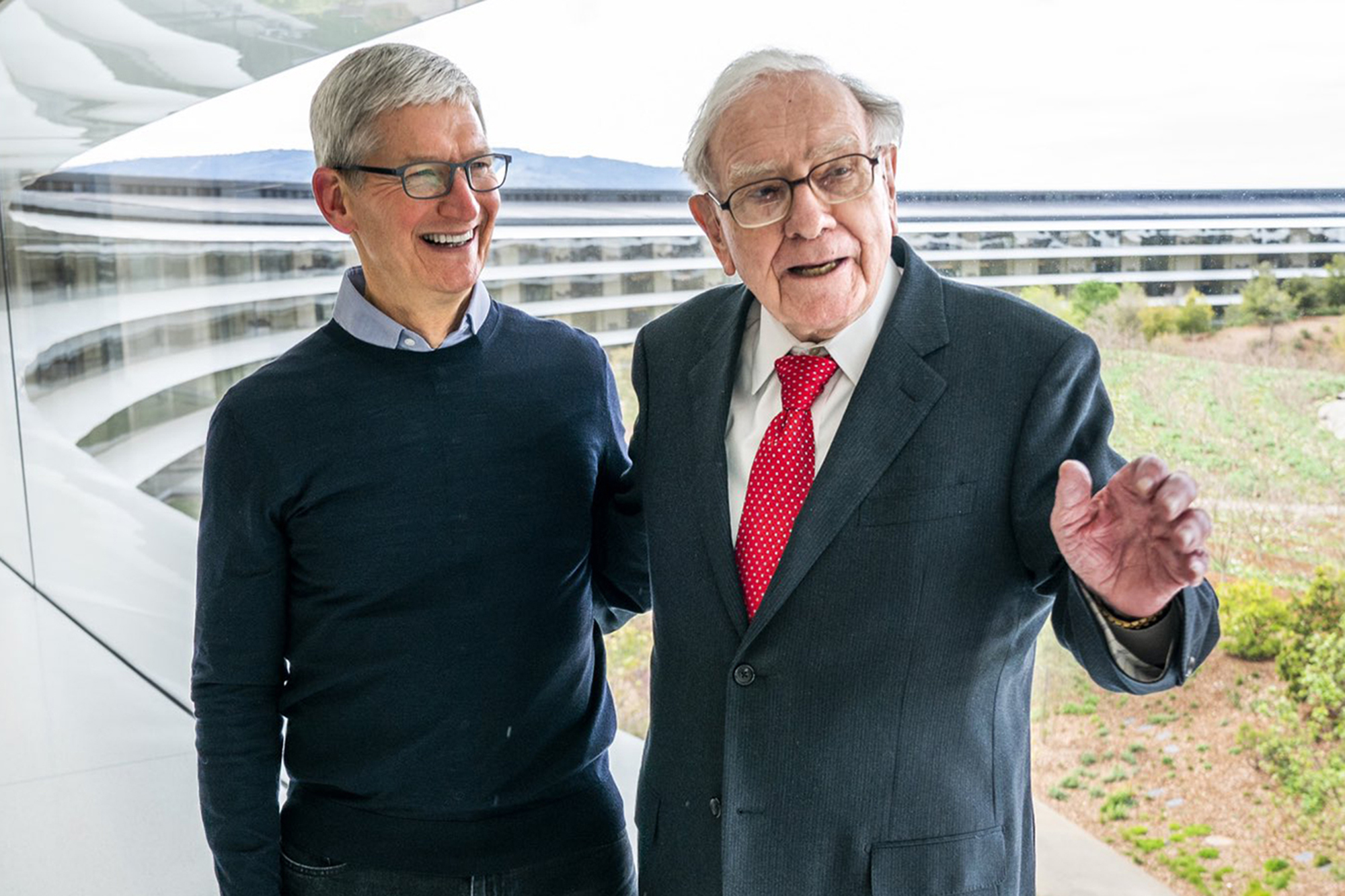Car Dealerships Push Back Against Mandatory EV Sales

Table of Contents
Financial Concerns and Infrastructure Challenges
The transition to selling electric vehicles presents substantial financial hurdles for car dealerships. The initial investment required to adapt to the EV market is significant and poses a major challenge for many businesses. Several key factors contribute to these financial concerns:
-
High Investment Costs: Dealerships need to invest heavily in upgrading their facilities. This includes installing EV charging stations, acquiring specialized tools and equipment for EV maintenance, and potentially redesigning showrooms to showcase EVs effectively. These costs can be prohibitive, especially for smaller dealerships with limited capital.
-
Insufficient Charging Infrastructure: A widespread lack of public charging infrastructure remains a major obstacle. Customers hesitant to purchase EVs due to range anxiety and a lack of readily available charging options. Dealerships, therefore, bear the burden of either investing in private charging infrastructure or risk losing potential customers.
-
Lower Profit Margins: Many dealerships express concerns that profit margins on EVs are currently lower compared to gasoline-powered vehicles. This is due to several factors, including lower service revenue (EVs require less maintenance) and higher initial investment costs.
-
Specialized Training Costs: Sales staff and mechanics need specialized training to handle EV sales and maintenance. This involves learning about EV technology, battery systems, charging procedures, and specialized repair techniques, incurring additional training costs.
-
Uncertainty Regarding EV Servicing: The long-term profitability of EV servicing remains uncertain. While EVs require less frequent maintenance, the complexity of their technology necessitates specialized expertise and equipment, which can impact profitability.
Consumer Demand and Market Readiness
While the push for mandatory EV sales is driven by environmental concerns, the reality is that consumer demand for EVs varies significantly across regions and demographics. Several factors influence consumer adoption rates:
-
Uneven Consumer Demand: Consumer adoption of EVs isn't uniform. Some regions and demographics exhibit higher demand than others, creating market disparities and challenging the feasibility of uniform sales quotas.
-
Range Anxiety and Charging Times: Range anxiety and concerns about charging times remain significant barriers to EV adoption. Potential buyers are often apprehensive about the distance they can travel on a single charge and the time it takes to recharge the battery.
-
Higher Purchase Prices: Currently, EVs generally have higher purchase prices compared to gasoline vehicles, making them inaccessible to many consumers. Government incentives can help mitigate this, but the impact varies greatly depending on implementation and access.
-
Insufficient Public Awareness: There's a need for improved public education and marketing campaigns to increase awareness about the benefits of EVs, available government incentives, and dispel common misconceptions. This lack of awareness hinders consumer demand.
-
Consumer Preferences: Consumer preferences and buying habits are deeply ingrained. The transition to EVs requires shifting consumer preferences, which demands careful marketing strategies, addressing concerns, and emphasizing benefits.
Government Regulations and Support Systems
Government policies play a crucial role in shaping the success or failure of mandatory EV sales quotas. However, concerns persist about the effectiveness and practicality of current support systems:
-
Feasibility of Mandated Sales Targets: Dealerships question the feasibility of achieving mandated sales targets given the current market conditions, consumer demand, and available infrastructure. Realistic targets considering market readiness are vital.
-
Inadequate Government Support: Many argue that government support and incentives are insufficient to offset the costs and risks associated with EV adoption. More robust financial incentives and infrastructure investment are needed.
-
Complex and Conflicting Regulations: Complex and sometimes conflicting regulations surrounding EV sales and infrastructure development further complicate the process, creating additional challenges for dealerships.
-
Bureaucratic Hurdles: Bureaucratic hurdles and delays in obtaining necessary permits and approvals for charging stations and EV-related infrastructure add to the financial and time burdens.
-
Inconsistent Policy Implementation: Inconsistent implementation of EV policies across different regions creates uneven playing fields for dealerships and hinders overall progress.
The Impact on Smaller Dealerships
The impact of mandatory EV sales is particularly significant for smaller dealerships. They often lack the financial resources to invest in the necessary infrastructure and training, placing them at a severe disadvantage.
-
Disproportionate Impact: Smaller dealerships, especially those in rural areas, bear a disproportionate burden as they face significant challenges in adapting to the new market conditions and may lack access to sufficient financial support.
-
Potential for Dealership Closures: The inability to adapt may lead to dealership closures and job losses, particularly in areas with lower EV demand. This has serious economic consequences for local communities.
-
Need for Targeted Support: Targeted support programs specifically designed to assist small dealerships in adapting to the EV market are crucial to ensure their survival and contribution to the transition.
Conclusion
The resistance from car dealerships against mandatory EV sales underscores the complexities inherent in a rapid transition to electric vehicles. Financial constraints, fluctuating consumer demand, and inadequate government support are major factors contributing to this opposition. Addressing these concerns effectively is critical for creating a successful and equitable transition to a sustainable automotive future. Understanding the challenges faced by dealerships is paramount. Further research, collaborative efforts, and open dialogue between policymakers, manufacturers, and dealerships are crucial to finding solutions that balance the imperative of EV adoption with the sustainability and viability of the automotive retail sector. Let's work together to find innovative solutions to overcome the resistance against mandatory electric vehicle sales and build a greener future for the automotive industry.

Featured Posts
-
 Analyzing The Popularity Of Leon Thomas And Halle Baileys Rather Be Alone
May 06, 2025
Analyzing The Popularity Of Leon Thomas And Halle Baileys Rather Be Alone
May 06, 2025 -
 The Art Of The Deal With Trump Mastering Meeting Dynamics
May 06, 2025
The Art Of The Deal With Trump Mastering Meeting Dynamics
May 06, 2025 -
 Polska Nitro Chem Kontrakt Zi S Sh A Na 310 Mln
May 06, 2025
Polska Nitro Chem Kontrakt Zi S Sh A Na 310 Mln
May 06, 2025 -
 Understanding The Low Demand For 10 Year Mortgages In Canada
May 06, 2025
Understanding The Low Demand For 10 Year Mortgages In Canada
May 06, 2025 -
 Warren Buffetts Apple Bet What Investors Can Learn
May 06, 2025
Warren Buffetts Apple Bet What Investors Can Learn
May 06, 2025
Latest Posts
-
 Sunny 102 3 Fm Sabrina Carpenters Snl Fun Size Surprise
May 06, 2025
Sunny 102 3 Fm Sabrina Carpenters Snl Fun Size Surprise
May 06, 2025 -
 Jeff Goldblum And Ariana Grandes Unexpected Collaboration I Dont Know Why I Just Do With The Mildred Snitzer Orchestra
May 06, 2025
Jeff Goldblum And Ariana Grandes Unexpected Collaboration I Dont Know Why I Just Do With The Mildred Snitzer Orchestra
May 06, 2025 -
 Sabrina Carpenters Unexpected Snl Collaboration A Fun Size Twist
May 06, 2025
Sabrina Carpenters Unexpected Snl Collaboration A Fun Size Twist
May 06, 2025 -
 Snl Surprise Sabrina Carpenter Teams Up With Fun Size Castmate
May 06, 2025
Snl Surprise Sabrina Carpenter Teams Up With Fun Size Castmate
May 06, 2025 -
 Listen Now Jeff Goldblum Ariana Grande And The Mildred Snitzer Orchestras I Dont Know Why I Just Do
May 06, 2025
Listen Now Jeff Goldblum Ariana Grande And The Mildred Snitzer Orchestras I Dont Know Why I Just Do
May 06, 2025
